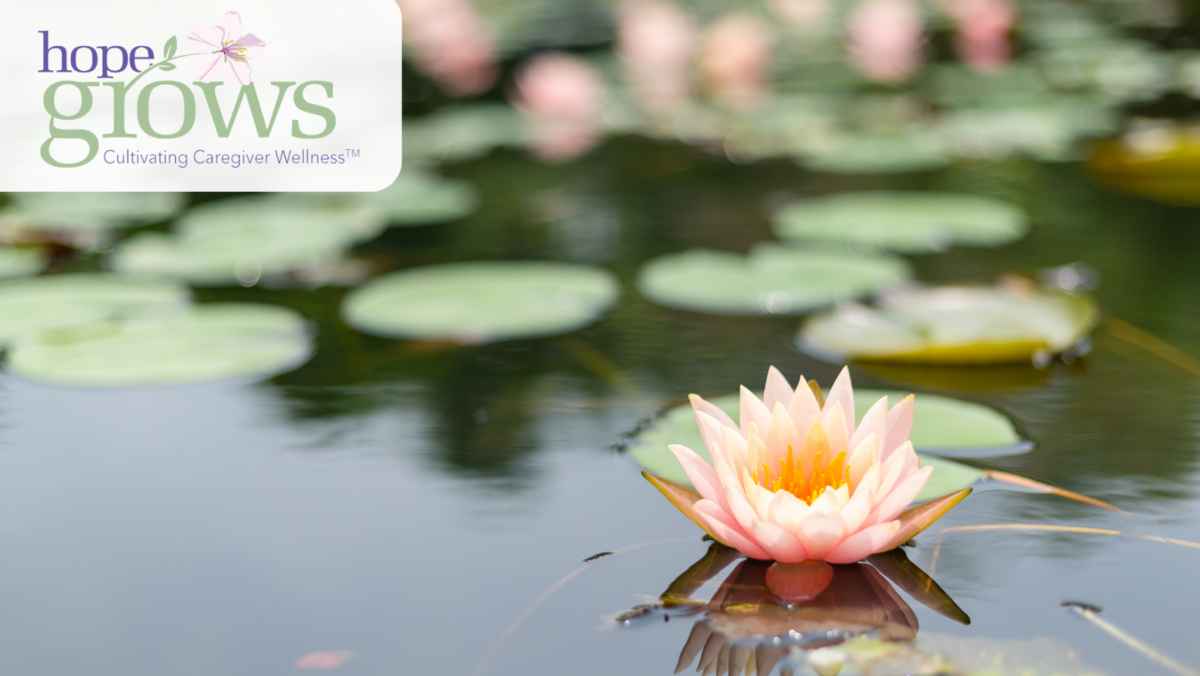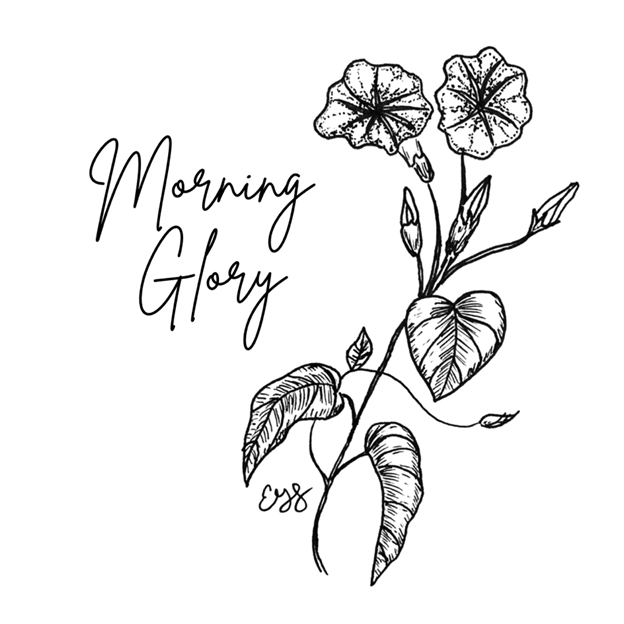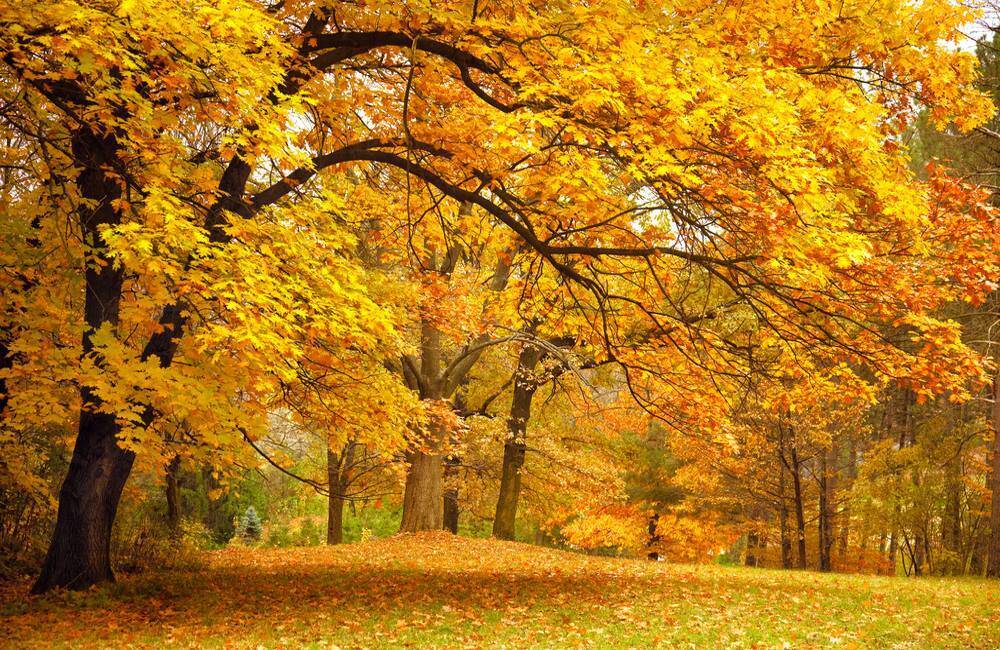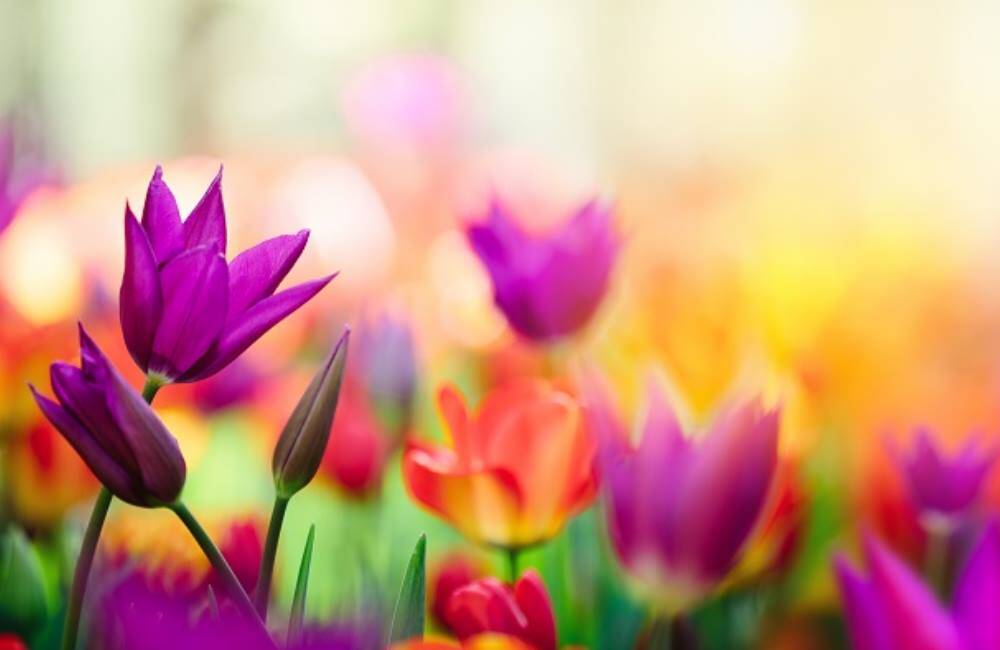Tranquility
Confidence in bloom is the vibe in the Healing Gardens of the Iris Respite House. The vibrant yellow of the daffodil flowers catch my attention as I contemplate how much I struggle this time of year with the transition between winter and spring. Just the other day, I had a burst of energy from the lingering of winter when a bit of snow flurries hovered over us. Opposite of what springing forth is about, I know, but the lightly falling snow, as it may, left me intrigued. It was definitely competing with the new growth of the changing season and that was exactly what my soul was doing.
The unrest of the soul is somewhat frustrating, as the weather flip flops during this time of year, wanting to stay a bit recluse still, but the change of season tells me a different story. I woke to a soft rain today as I began to write this blog. The temperature was a bit warmer than my body can handle. I am sure it is from the collide of the warmer temps with the rain, creating humidity. I’m not a fan of humidity, probably why I like Arizona so much. Humidity seems to drain my energy, but none the less, I persevered. I focused back to the sound and sight of outside, listening to the harmonious birdsong from the open window. The birds gave an uncaring impression regarding the unrest of my soul.
Spring is a beautiful example of nature’s resilience. The plants continue to be in full harmony with the season of equinox, bursting with hidden beauty from the dormancy of winter’s cold. Dormancy, a time of rest and conservation, ensuring the plant has the strength to flourish again, winter is akin to the concept of restoration that I value. My soul does what the month of April represents, a combination of tranquility and vibrant energy.
On the surface, the gardens feel calm, with gentle rain, soft blossoms, and the tender green of emerging leaves. Yet, beneath the calmness is a tremendous surge of life. Its almost as if one can feel the earth moving below, with this tug and pull of transition echoing my human experience. After the winter’s period of stillness and reflection, there is often an instinctual push to grow and reach. But growth doesn’t always feel graceful – it can be chaotic, raw, and powerful. The plants, though, seem to embrace this contradiction, thriving in both the calm and the intensity.
It makes perfect sense, winter’s stillness; it can feel like a sanctuary. Offering a kind of peace that’s hard to let go of when the change of season begins to rush forward again. The contrast between my inner rhythm and the outward surge of spring creates a desire to stay hidden, to linger in the restorative embrace of winter.
That feeling is deeply valid and if you recognize a similarity, you just might find comfort in seeking small ways to extend the sense of winter’s calm, even as nature’s landscape bursts around you. Try mindful moments in shaded spaces, connecting with the lingering coolness of early mornings, or simply honoring the slower pace your body craves. I have been finding peace and tranquility with the sounds that April brings in the mornings. The birds and the early morning chill in the air creates a special, calming atmosphere for me. When everything feels still, there is a unique kind of tranquility. As I retreat to nature in the morning, I’m surrounded by the calm, activating my senses and inviting a bit of serenity.
A little help from nature can promote calm; however, true tranquility comes from a deep sense of inner stability—one that isn’t dependent on external circumstances but is cultivated through presence, acceptance, and connection. For a caregiver, this might mean acknowledging the weight of responsibility while also allowing moments of stillness, no matter how brief, to replenish the spirit. It comes from embracing the ebb and flow of life rather than resisting it, finding meaning in both the challenges and the quiet spaces in between.
Spiritual connection can indeed foster peace. At least, that is what nature does for me; it speaks to my soul. Tranquility is often rooted in surrender—letting go of what cannot be controlled, breathing deeply into the moment, and finding solace in simple things, like the warmth of sunlight, the rhythm of breath, or the quiet companionship of nature, especially during moments of resistance.
You may also want to consider where you are placing the control. Is it external or internal? In reference to psychology terms, we can either have an External or Internal Locus of Control. It is about recognizing the balance between what you can influence and what is beyond your control. Each plays a role in shaping resilience. In caregiving, where the emotional and physical demands can be overwhelming, fostering an Internal Locus of Control is about empowerment and ownership. An Internal Locus of Control means believing that your actions, choices, and mindset shape your experience. It cultivates a sense of agency even in difficult circumstances.
Use this time of year, the confidence in bloom, to foster tranquility. If you are feeling a bit unsettled, like I am right now, remember that letting go is a practice, not a destination—one that is nurtured through appreciation, reflection, and compassionate care for both others and oneself. It is the reciprocal relationship that occurs between self and nature.
Happy Spring!
Lisa Story, MSCP, LPC, CT
Founder & Clinical Director





